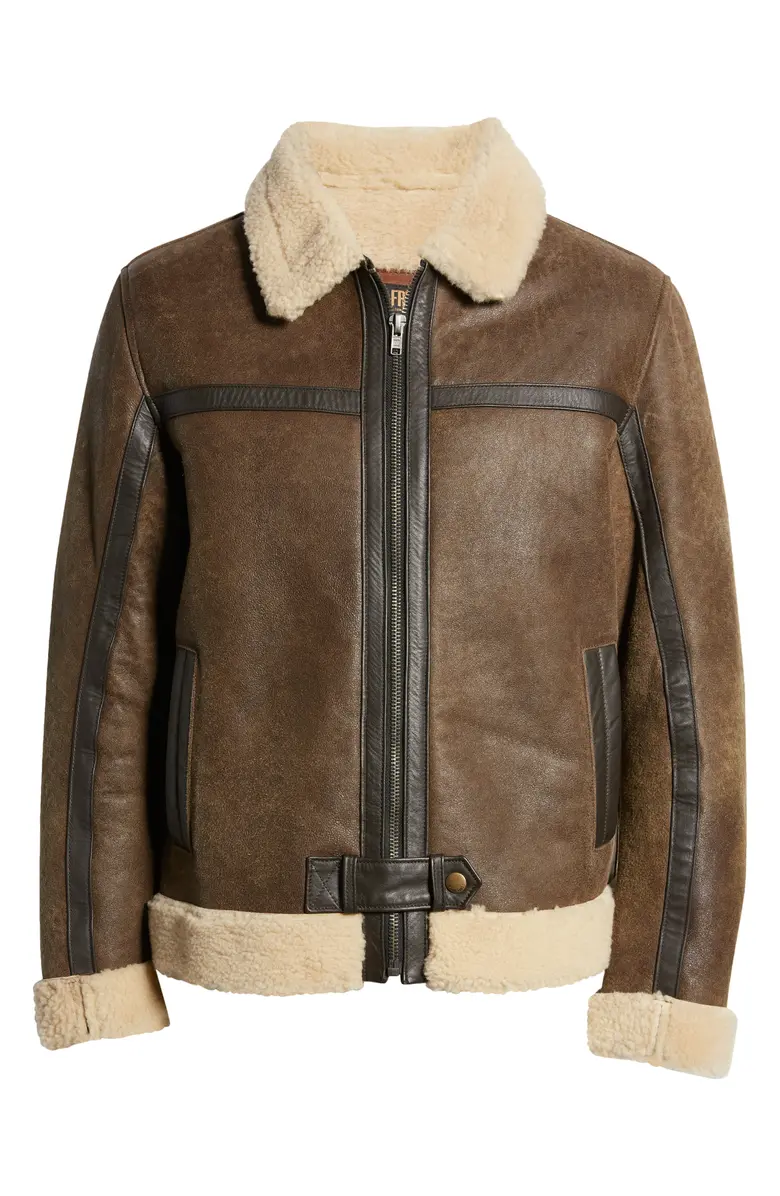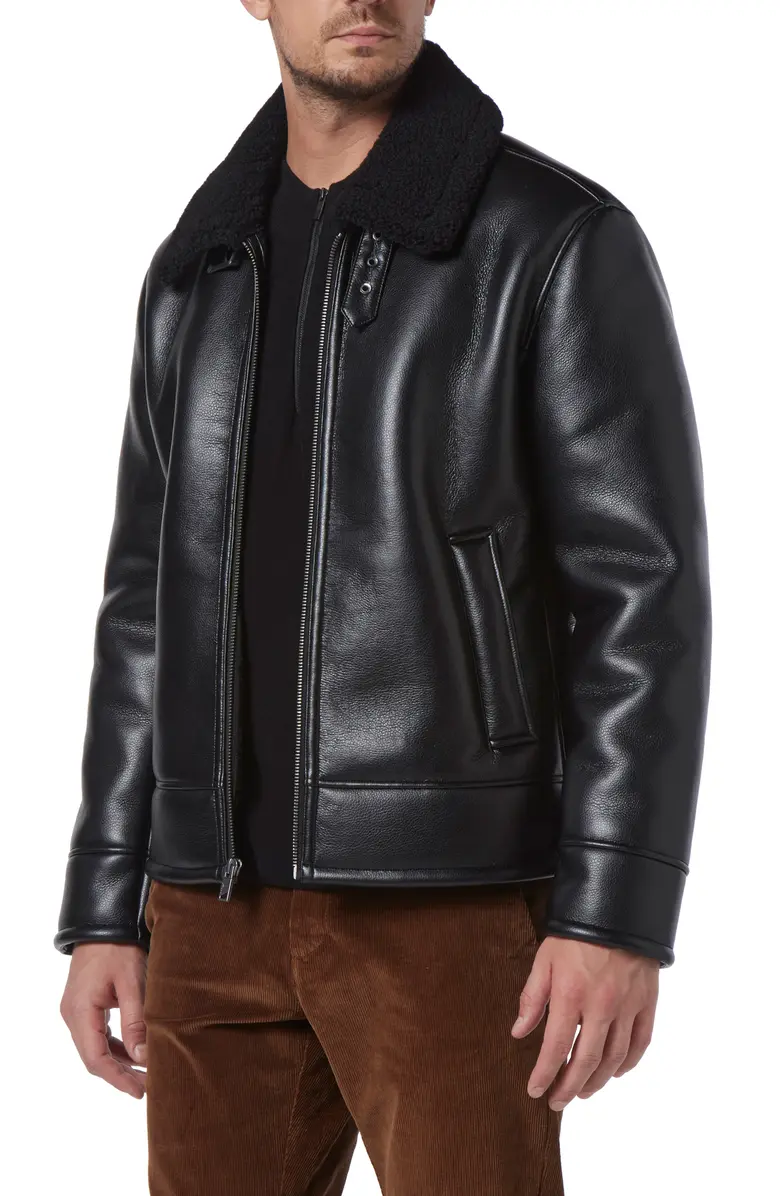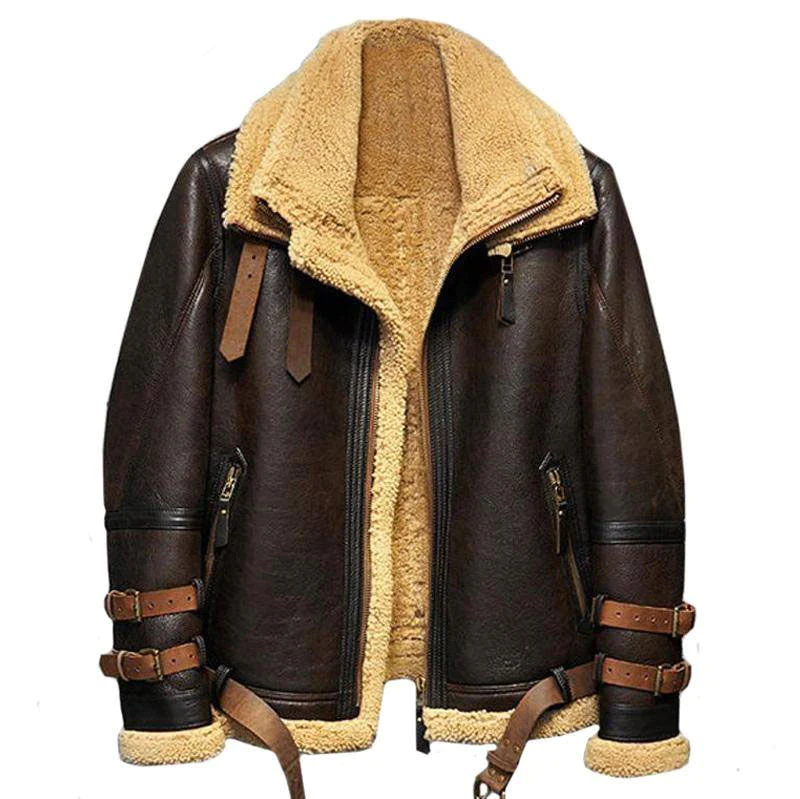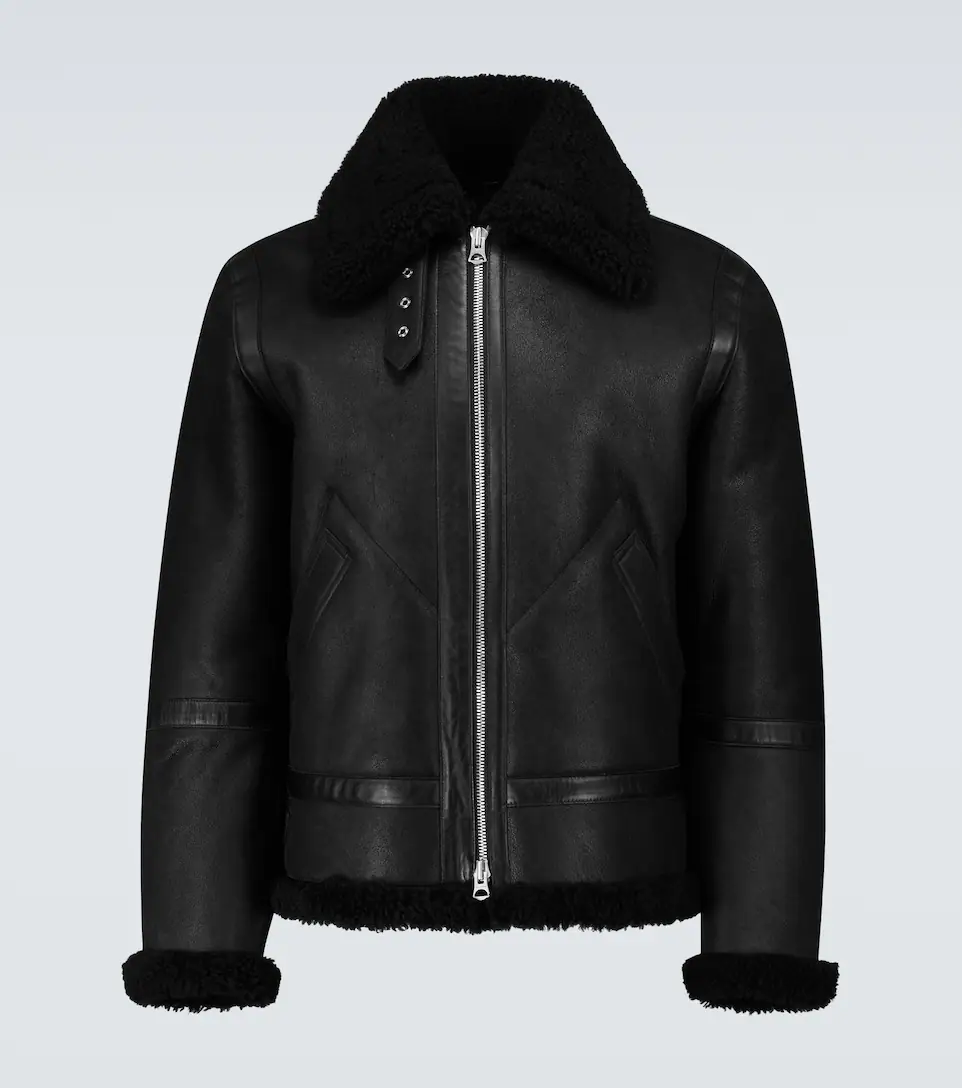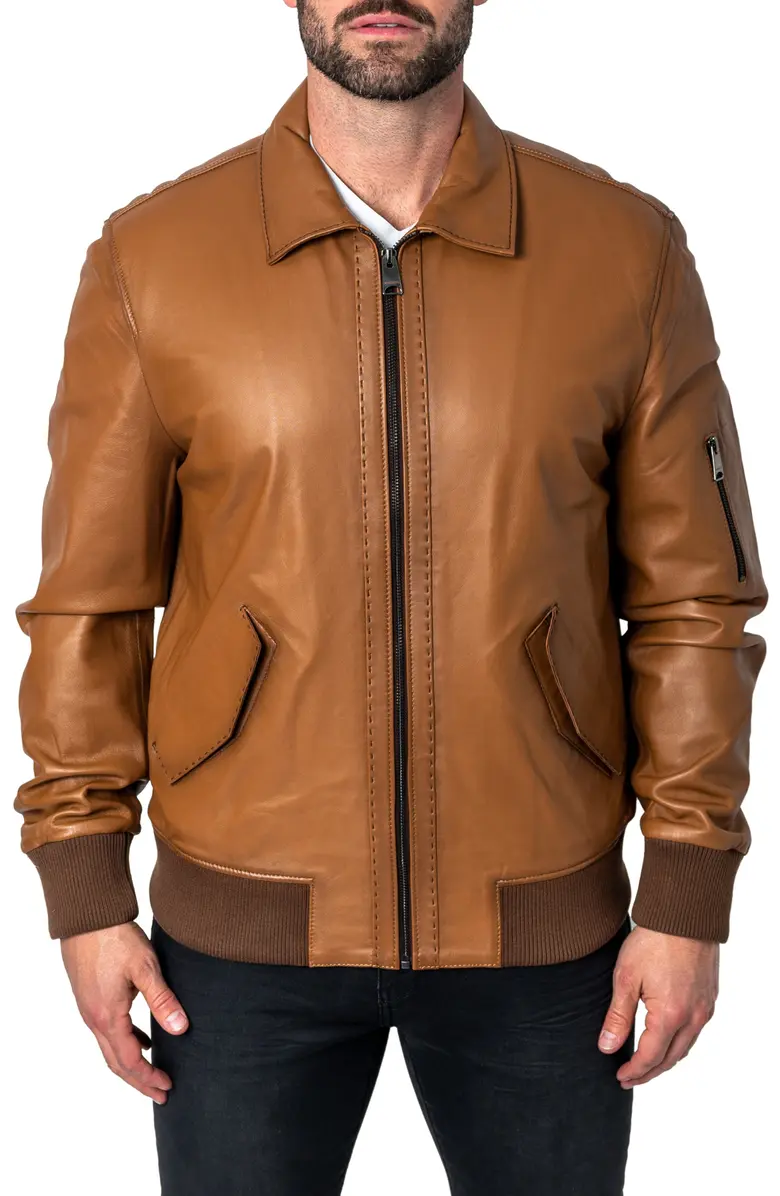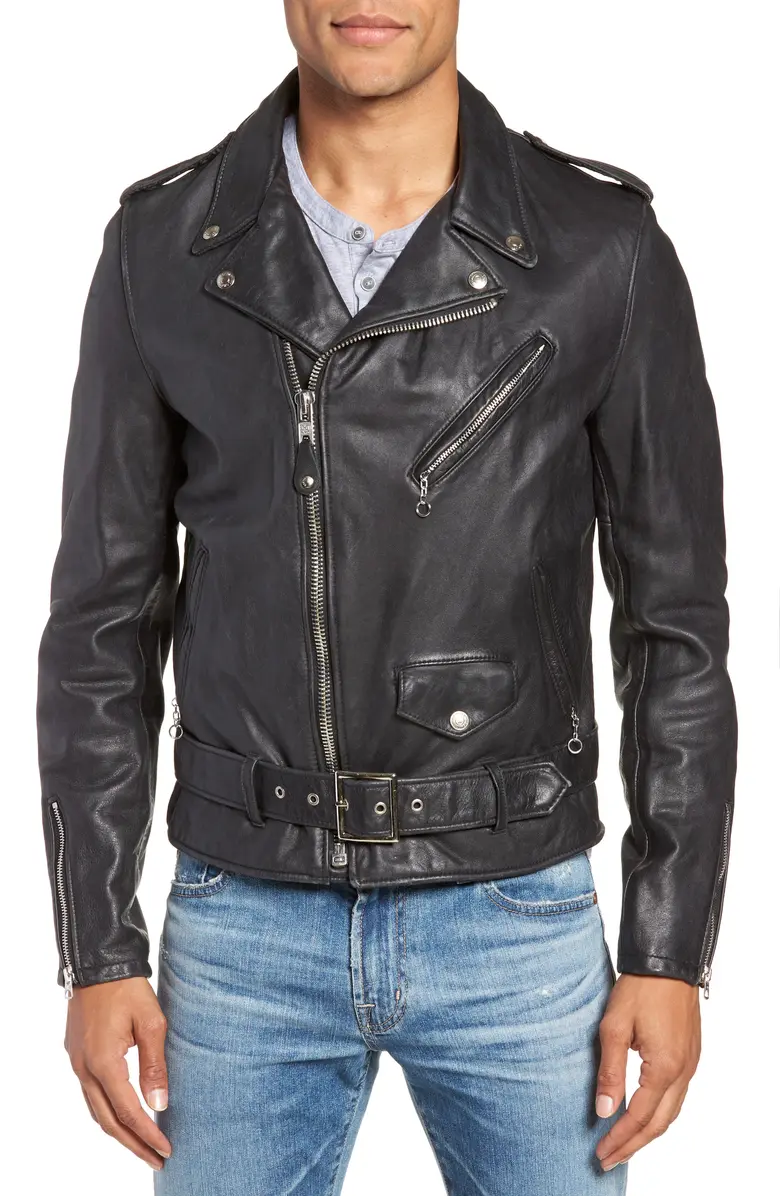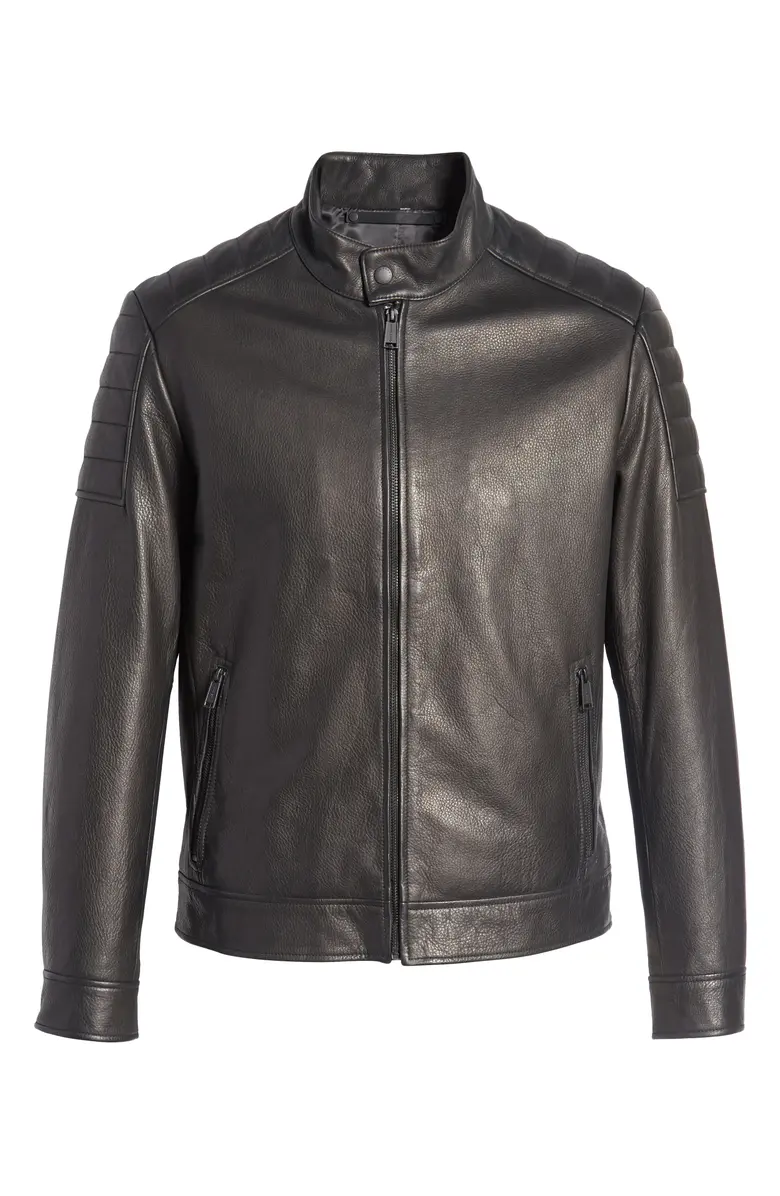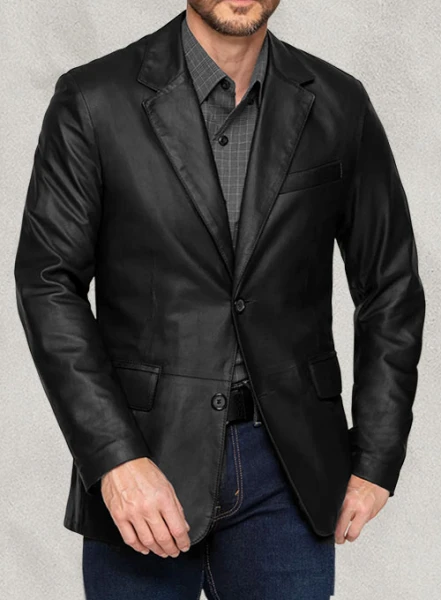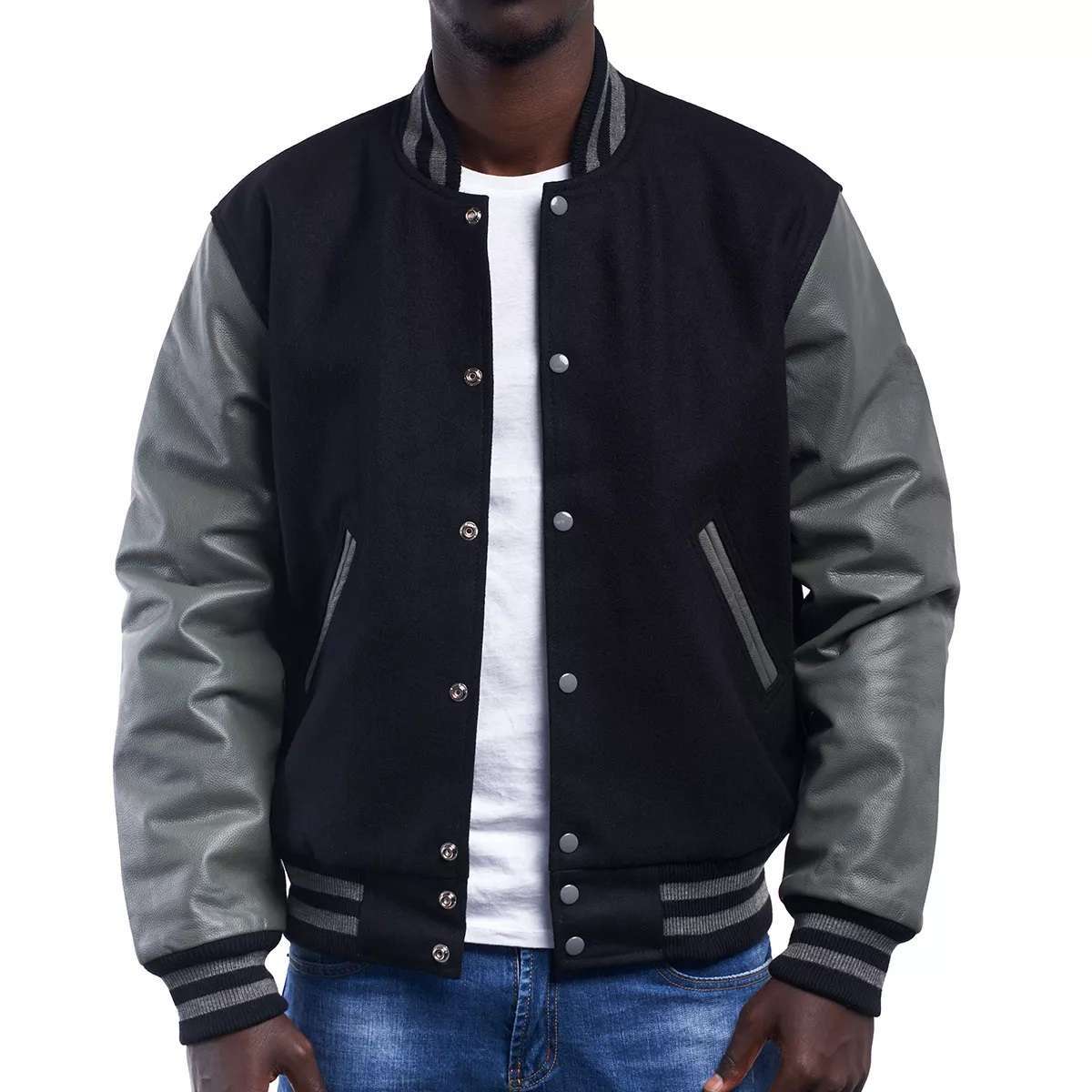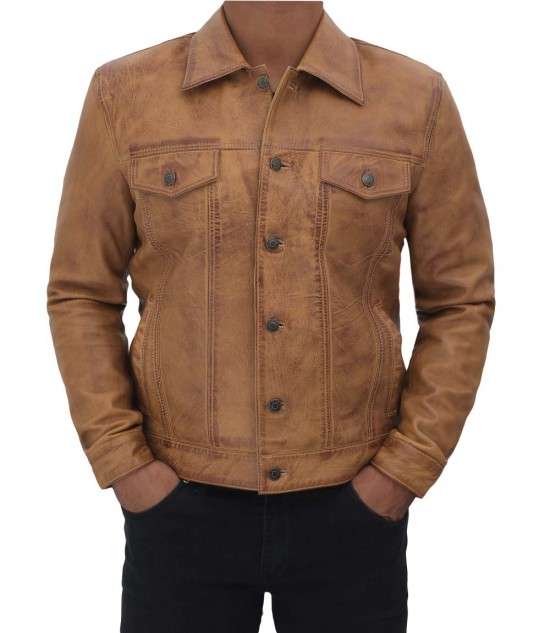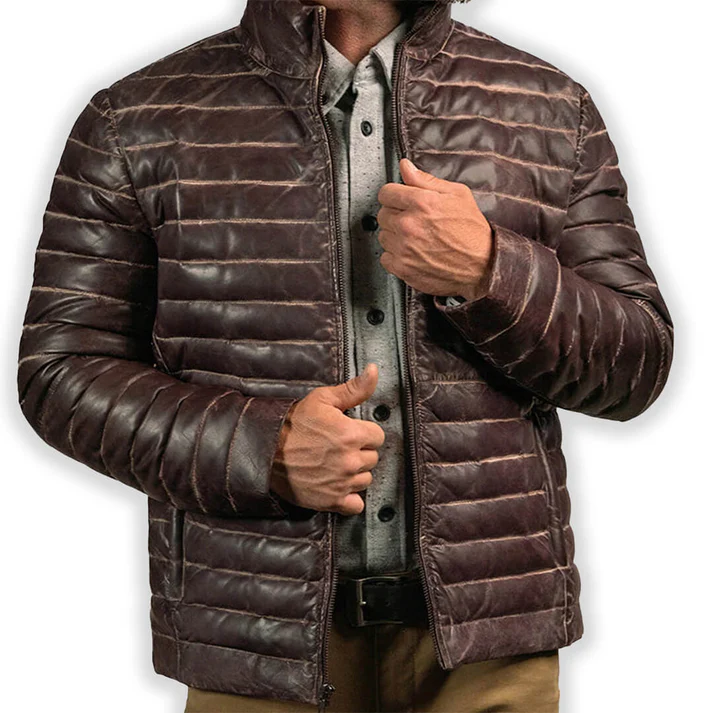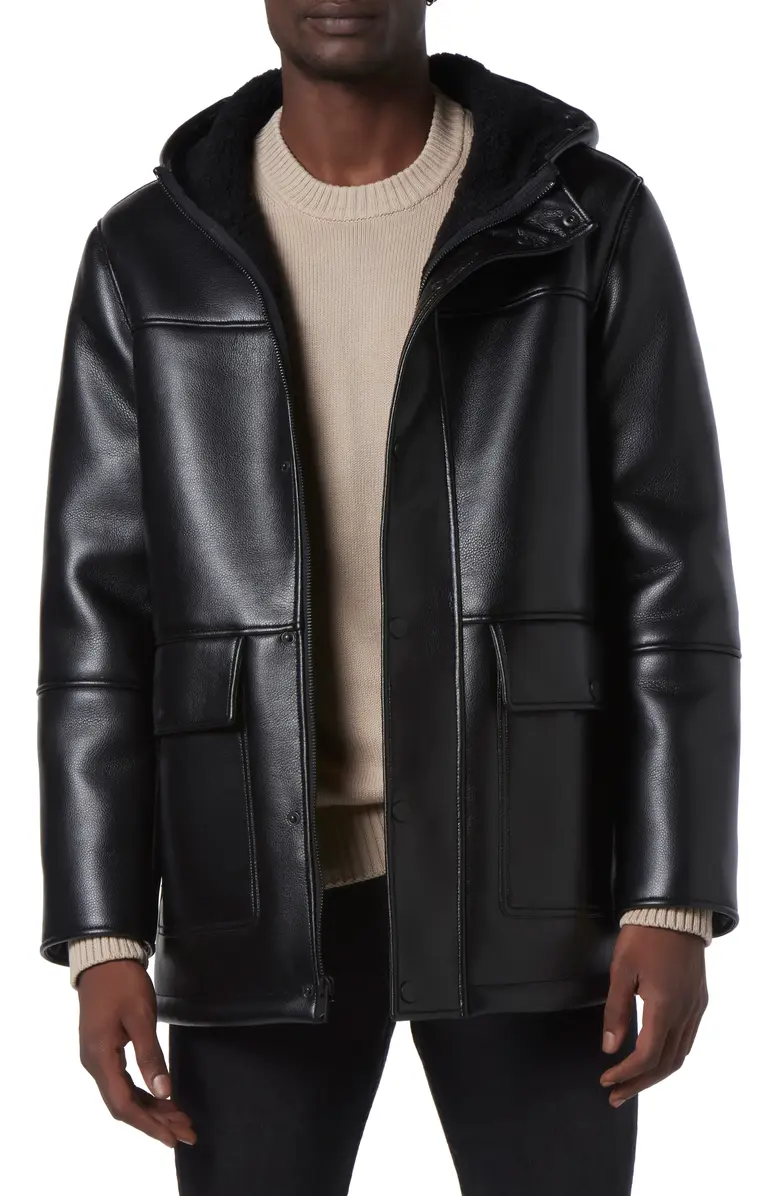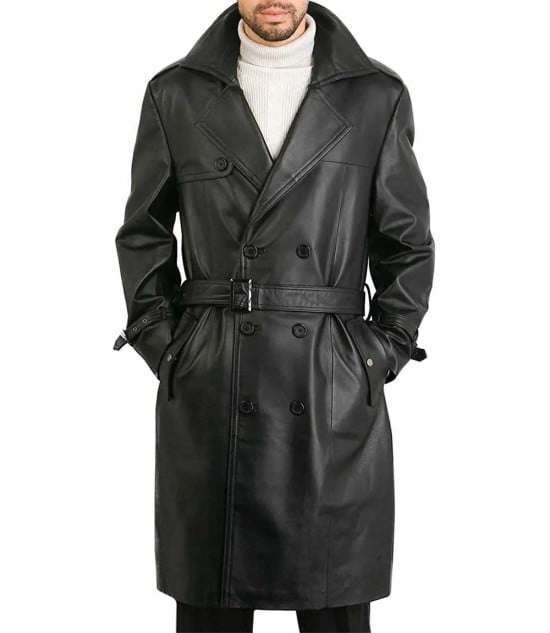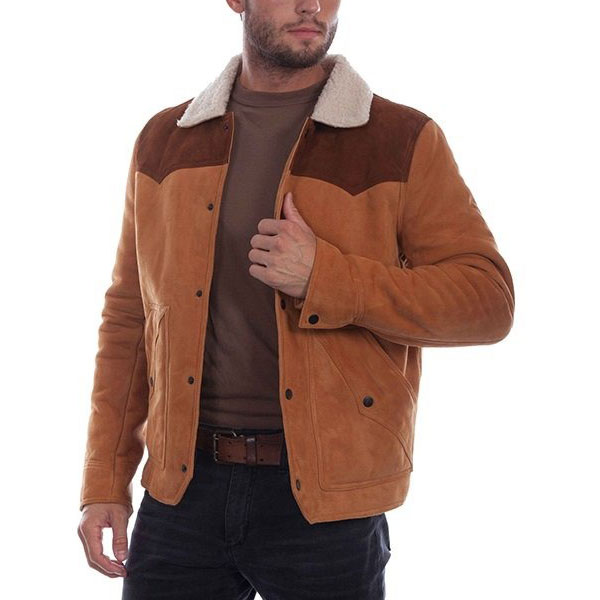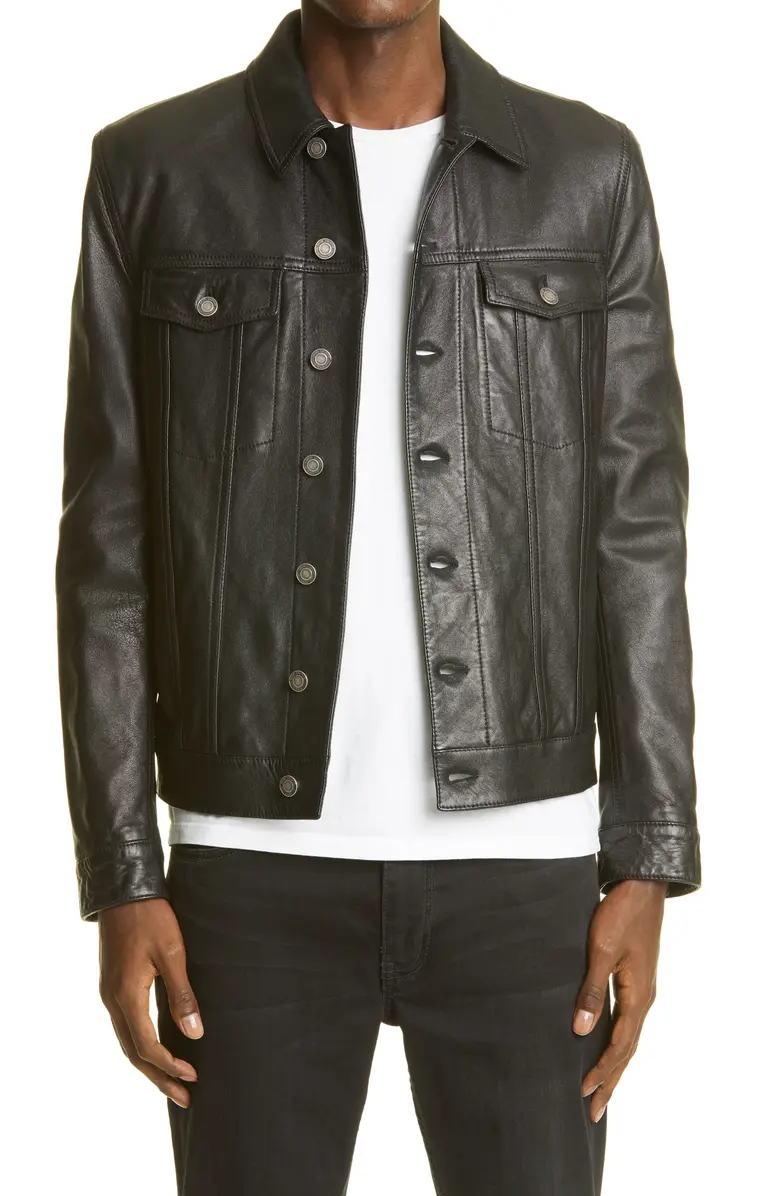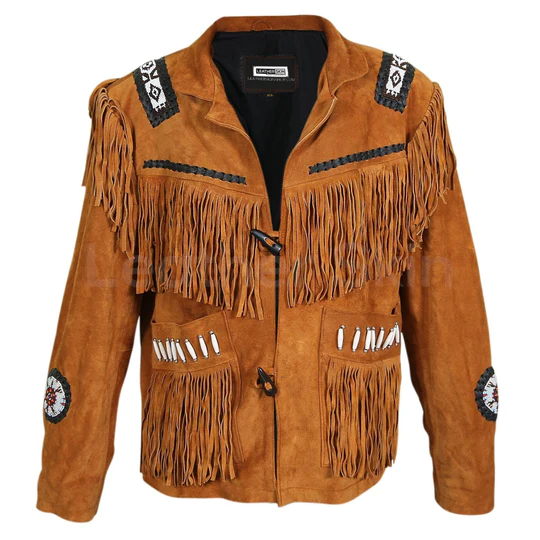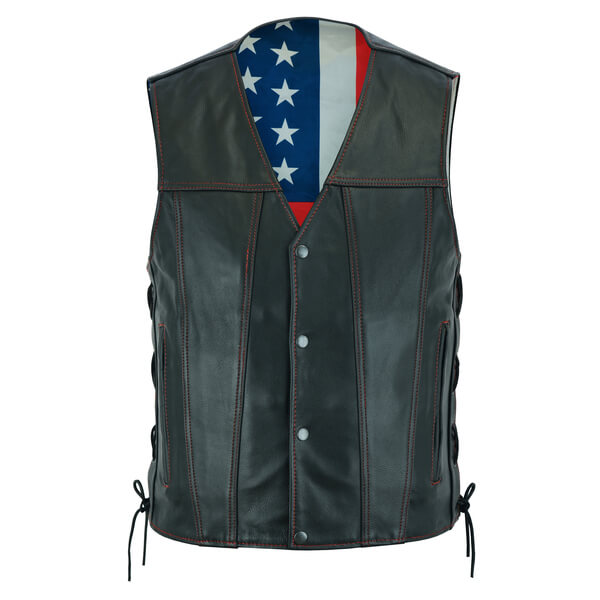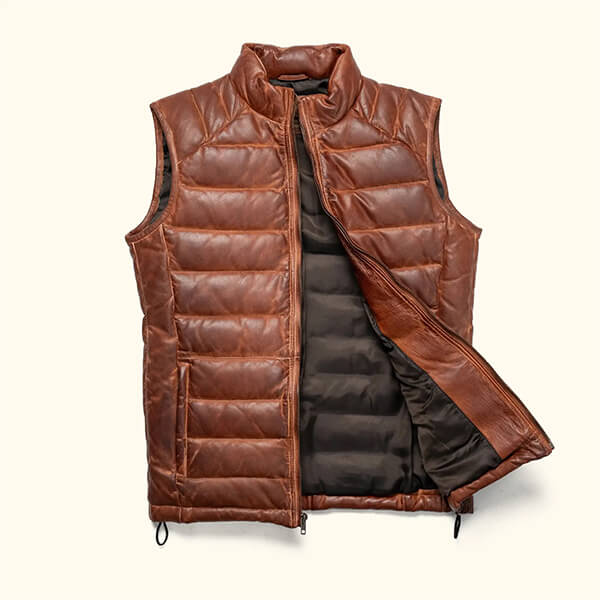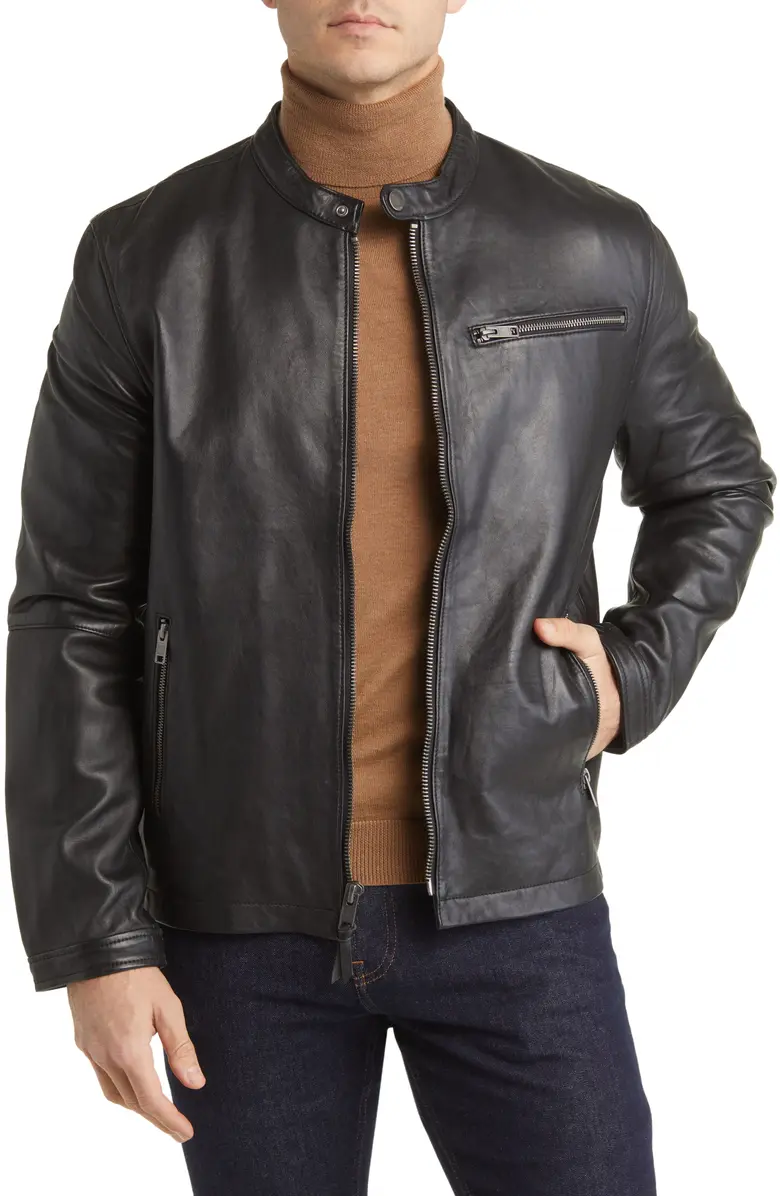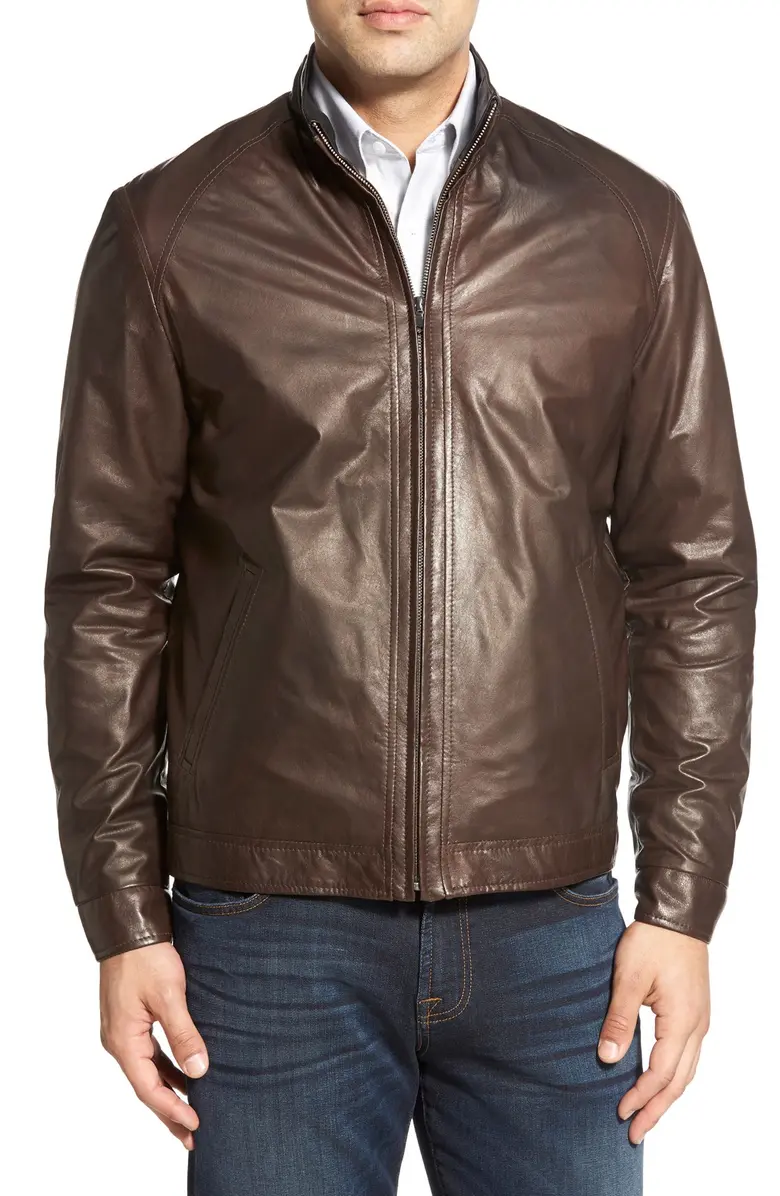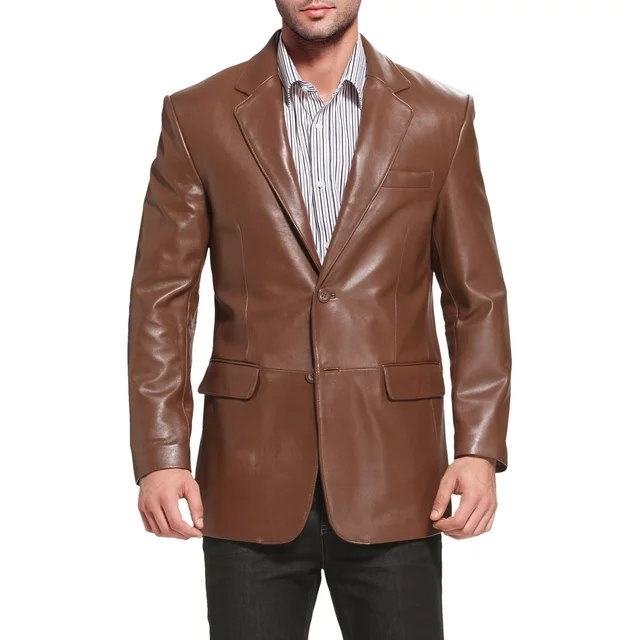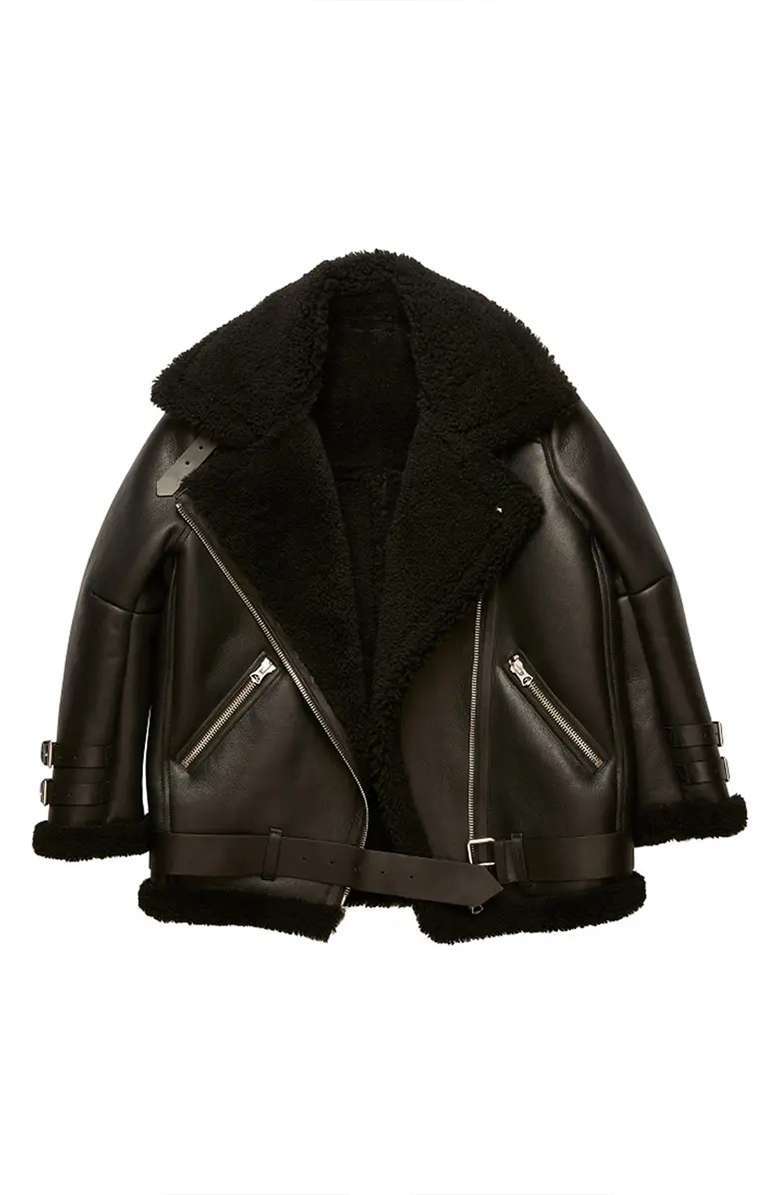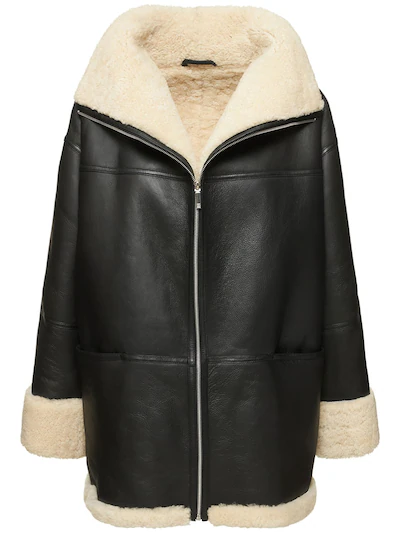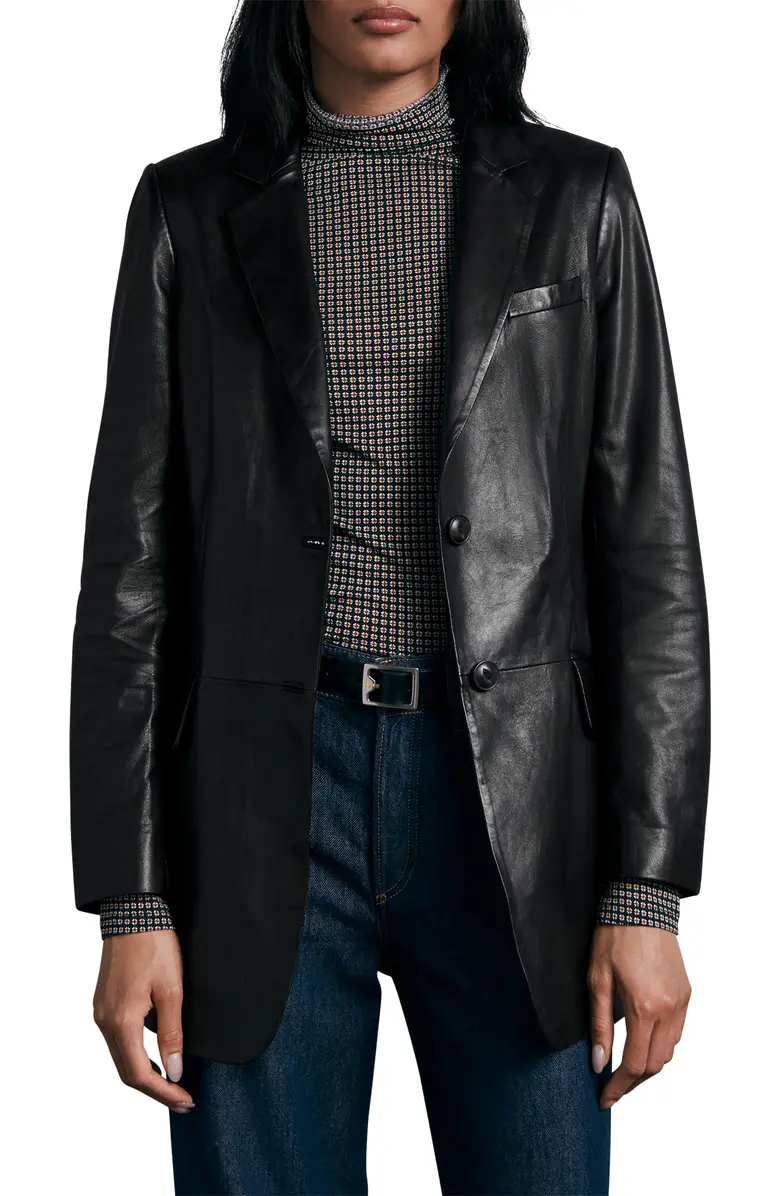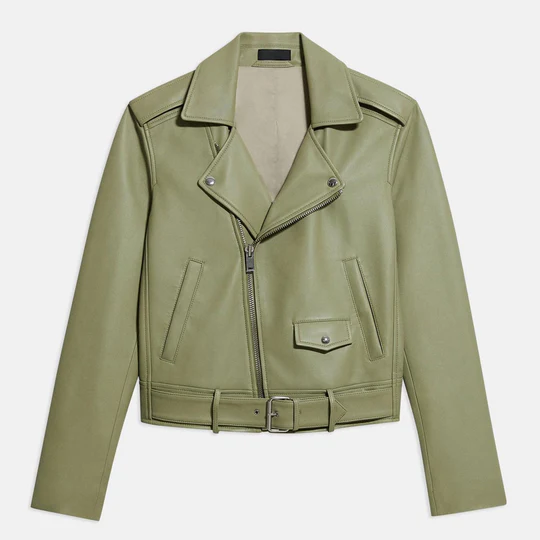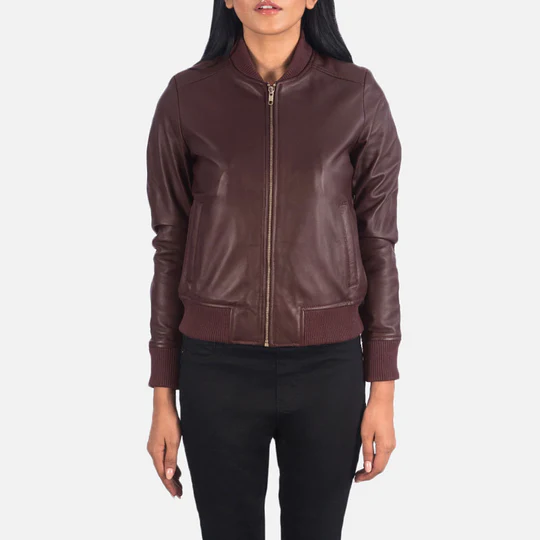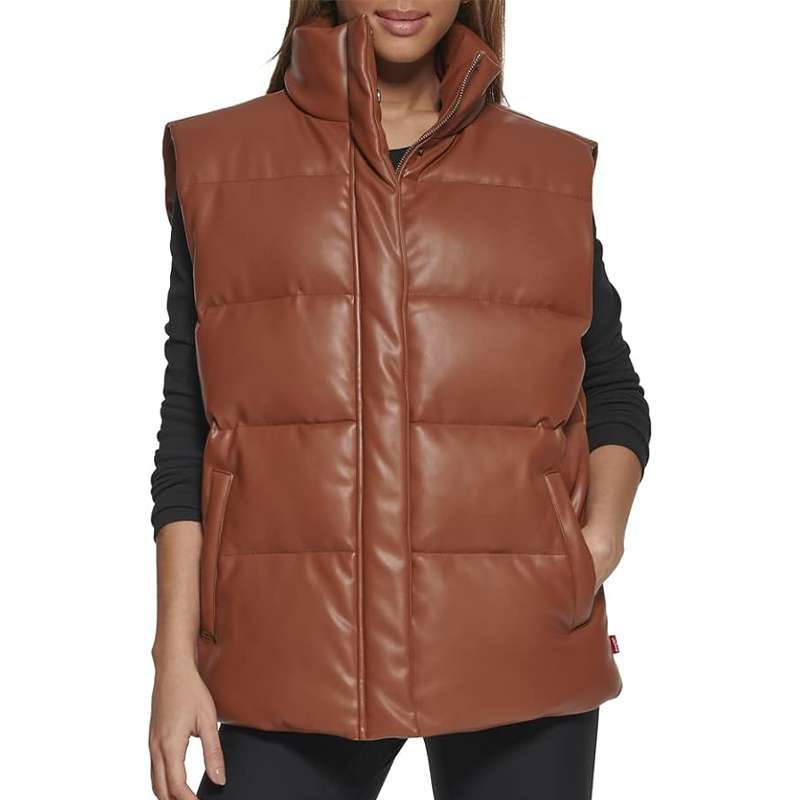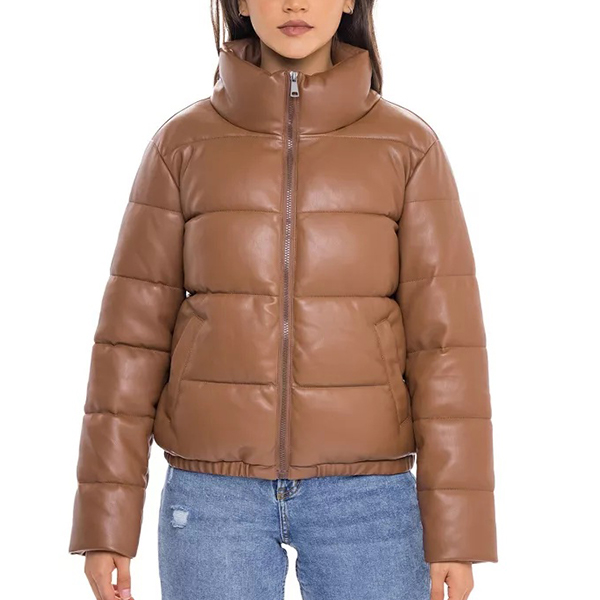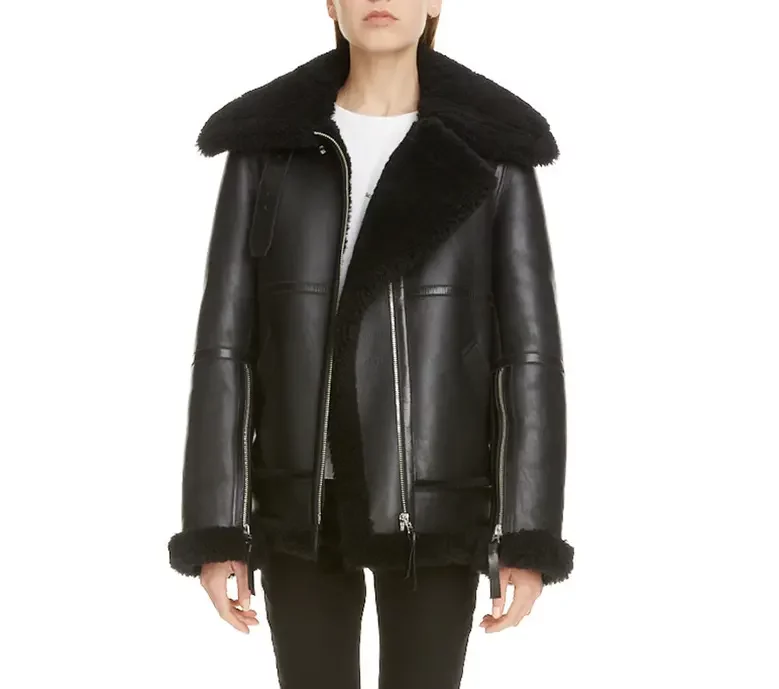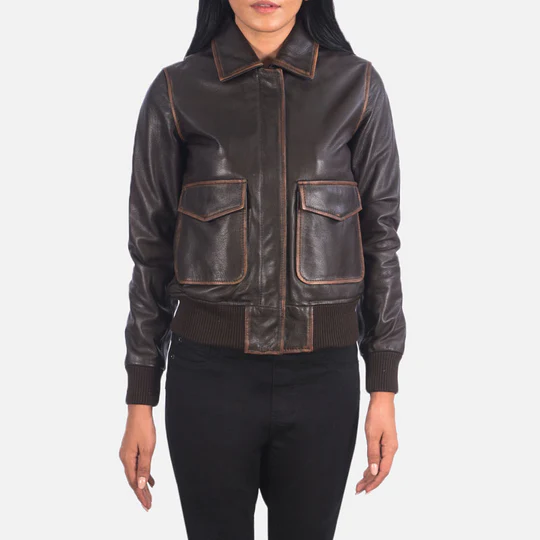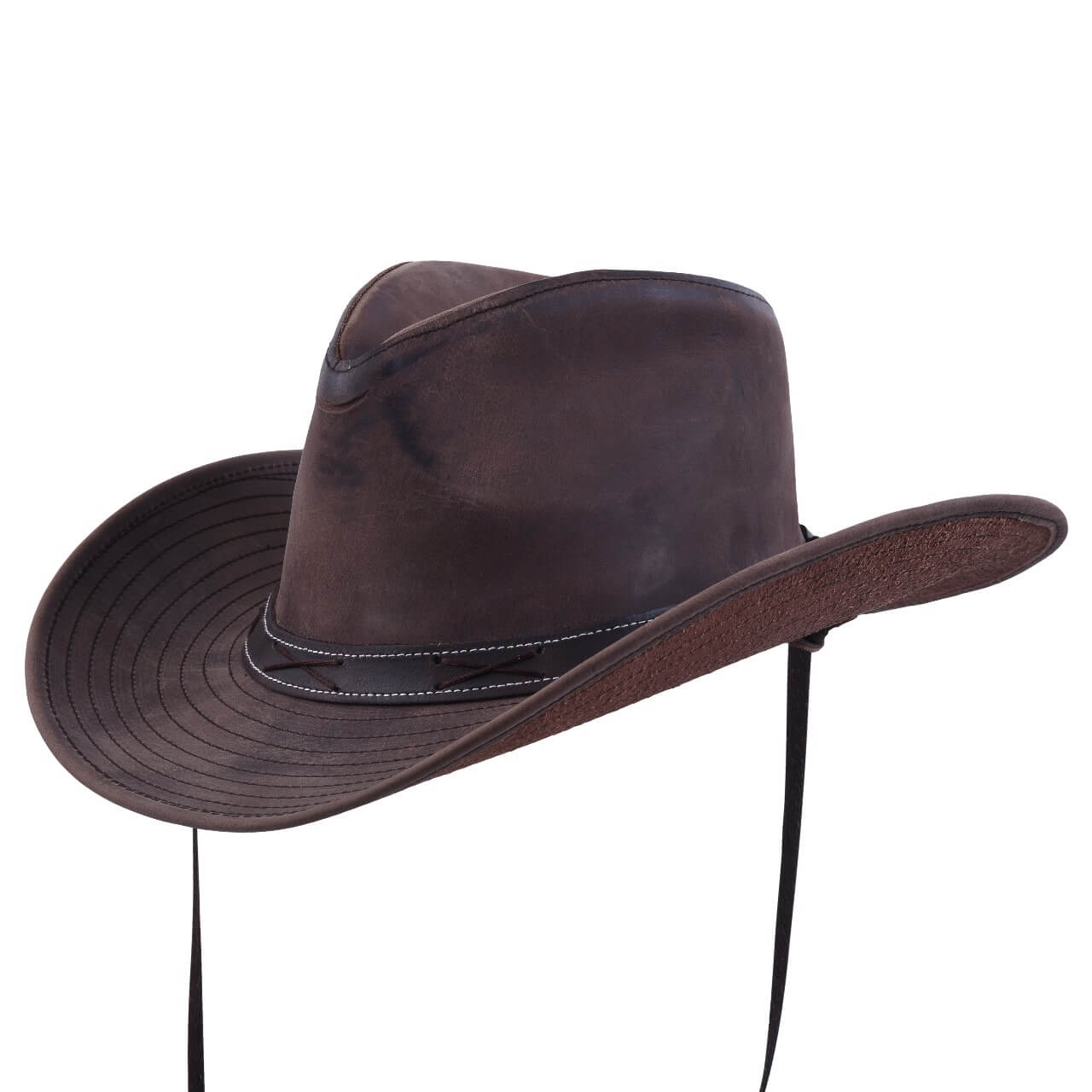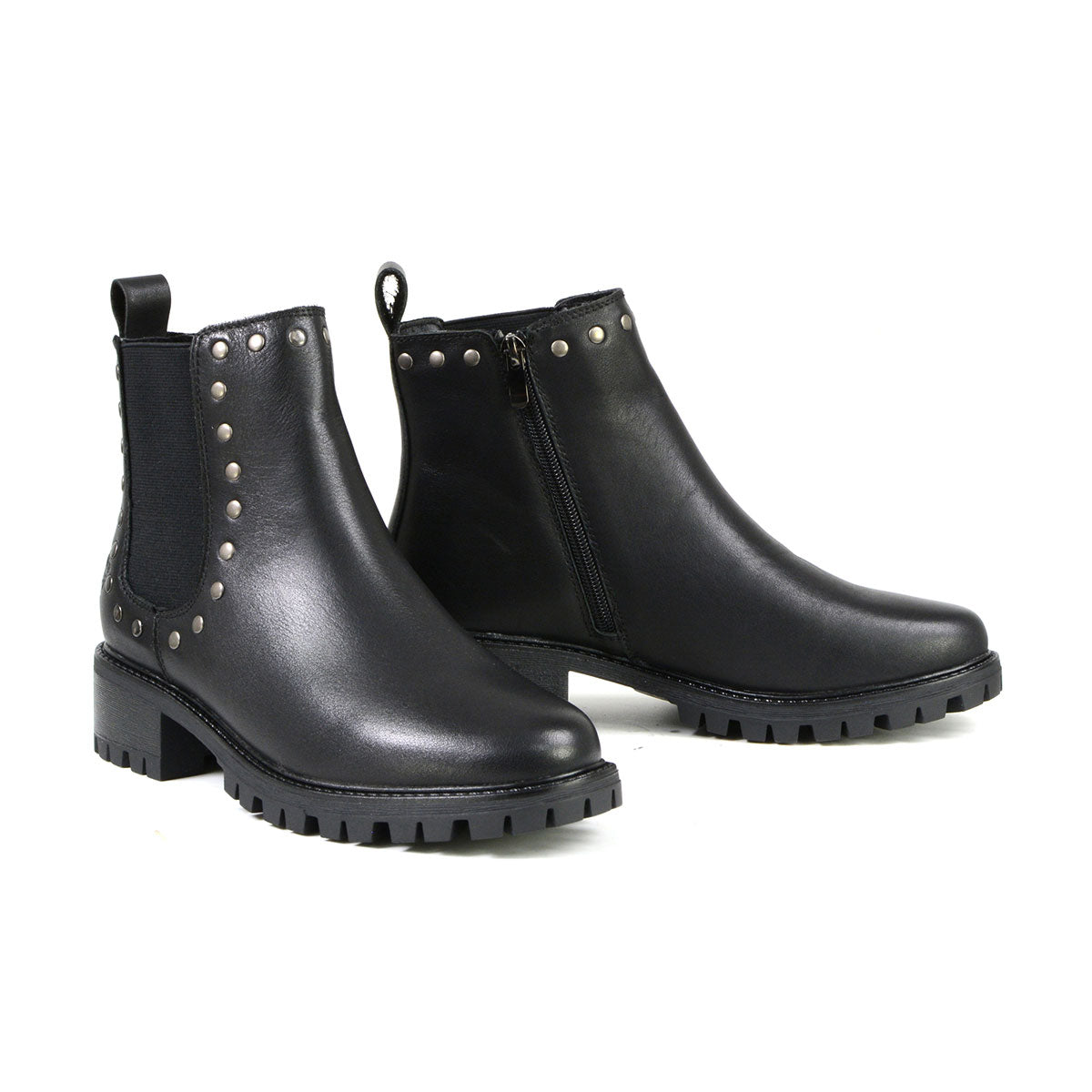Leather jackets are a sign of toughness, class, and rebelliousness for decades. They have an indefinable charm that can make any wardrobe complete instantly, but they are not suitable for every occasion. In this extensive review, all the points of leather jacket etiquette are discussed, outlining when it would be best to stay away from wearing this icon piece. With unmatched supremacy of English content, this article is written to leave rival websites behind.
The History of Leather Jackets in Fashion
Leather jackets have evolved from practical work attire to fashionable high-style accessories. Their history is inextricably linked to the attitude of rebellion and freedom. The leather jacket originally appeared in the early 20th century as rugged gear for motorcyclists and pilots. It soon became a fashion icon among celebrities and fashion icons. Now, these jackets are not just tough coolness but also a strong cultural legacy. However, despite all their adaptability, there are some situations where one can wear a leather jacket and risk giving mixed signals.
Understand the Versatility and Limitations of Leather Jackets
Before we go into when you shouldn’t wear a leather jacket, one needs to understand both the versatility and limitations of the same. Leather jackets can be effortlessly converted from daywear to evening streetwear. Despite all this versatility, there are some situations where their very boldness can be counter to the mood, occasion, or even dress code requirements.
1. Formal and Business Environments
Leather jackets are hardly suitable in formal or purely professional settings.
Business Meetings and Corporate Functions: In cases where a conservative dressing is the rule, i.e., board meetings, client pitches, or business dinners, a leather jacket would be too casual and even revolutionary. One needs to wear a fitted blazer or a suit jacket to appear sophisticated instead.
Job Interviews and Career Fairs: First impressions are very important when applying for job interviews. A leather jacket could inadvertently project a non-conformist vibe that may not be suitable for the company culture, particularly if the company has conservative inclinations, e.g., finance, law.
Networking Events: Although the majority of industries today are willing to be innovative, being cautious with something slightly more traditionally appropriate as a jacket can often prove to be the optimal option in order to get taken seriously.
2. Weather Conditions: When Climate and Temperature Demand Suspense
The weatherability of a leather jacket to a large extent depends on climate.
Extremely Hot and Humid Weather: Leather is also a natural insulator and becomes extremely hot at a slight rise in temperature. On hot days, a leather jacket can make one sweat profusely and feel hot, losing both style as well as utility.
Frozen or Bitter Cold: Leather would provide some insulation, but it might not be sufficient as a sole layer in severe cold. In this case, layering or winter coats should be used to prevent hypothermia and stay warm.
Unpredictable Weather: Always look at the weather before going out. The leather jacket can be stiff and not pliable enough to suit the sudden change in weather, i.e., rain or snowstorm that suddenly descends, since water enters the garment and ruins the leather or taints its colour.
3. Health, Comfort, and Environmental Considerations
There are comfort, health, and environmental concerns as well which can make a leather jacket an unpleasant choice.
Allergic Reactions and Sensitivities of the Skin: Some individuals may have allergic reactions to chemicals used in leather treatment. For sensitive skin, long-term use of a leather jacket may cause irritation or discomfort.
Ethical Issues: Increased concern for animal welfare and ecologism has forced customers to question the clothing they wear. For those individuals who prioritize morality on clothes without cruelty, leather jackets may be against personal ethics.
Maintenance and Hygiene Problems: Leather is unique in the sense that it requires special care, i.e., cleaning and conditioning from time to time. Where there are chances of spills or where maintenance is not possible on a regular basis, a leather jacket might not be the best option.
4. Social and Cultural Environments
Social and cultural environments also play a significant role in deciding whether a leather jacket would be appropriate or not.
Cultural Customs and Norms: In certain cultures, or on certain occasions, individuals have to wear traditional clothes, and a leather jacket is not appropriate. Cultural familiarity is needed in dressing on such occasions.
Social Roles and Family Gatherings: Although individuality is appreciated, social balance usually takes center stage in social parties or official family gatherings. Leather jackets would be too boisterous or pushy for affairs demanding less raucous and respectful attire.
Symbolism in Specific Communities: A leather jacket within certain communities may be used to represent a certain lifestyle or social movement. The symbolism can either be constructive or destructive depending on the context. An example is that, in a society that appreciates delicacy, a leather jacket would not be embraced in the accepted style.
Major Situations Where Leather Jackets Are To Be Avoided
For the purposes of illustration, the following are particular circumstances where the selection of a leather jacket would be unwise:
Professional and Corporate Settings
When attending formal business seminars or business networking cocktail parties, the formal and elegant nature of business attire traditionally calls for more traditional outer garments. Leather jackets, being rough and ramshackle, would detract from your professional image.
Hot Climates
Under hot weather conditions such as summer outdoor parties or while taking tropical vacations, a leather coat is cumbersome. The weather heat and the aspect that leather acts as an insulator make a person feel uneasy and not well ventilated.
The majority of formal parties, i.e., black-tie events, wedding receptions, or award nights, possess very strict dress codes deterring informal or ‘hard’ dressing. Appearing in a leather jacket during such events risks diverting attention from overall formality and sophistication required at such parties.
Activities Requiring High Levels of Mobility
While leather jackets look cool, they may not always be the most appropriate for active endeavors. Sport activities outdoors or outdoor activities at high levels may require more specialized and flexible gear to offer safety and mobility.
Alternatives to Leather Jackets
If a leather jacket is unsuitable, then there are certain trendy alternatives which can provide comparable cool sophistication without the drawbacks:
Lightweight Blazers and Structured Jackets
For work or business events, light blazers and fitted jackets have a classy appearance without losing out on comfort. These ensure professionalism without precluding individuality.
Modern Bomber and Utility Jackets
As casual wear where there is a need for edge, modern bomber and utility jackets are also good alternatives. These retain the raw attitude in a more flexible state that can work well with changing weather and also with social functions.
Sustainable and Ethical Options
For the wearer of high ethics, extremely high-end synthetic or plant-based leather alternatives are also available. These alternatives match the style value of classic leather jackets with no ethics problem of animal-derived materials.
Styling Tips for Getting the Most from Your Outwear
Even if a leather jacket coat is not the best, learning how to dress your alternative outerwear is crucial. The following tips guarantee you’re always dressed to impress:
Coordinate Your Outerwear with the Event
Business Functions: Pair formal leather blazers with fitted trousers and starched dress shirts to convey a professional and modern look.
Casual Day Outs: For Saturday events or simple gatherings, utility jackets or sleek bomber jackets with jeans or chinos offer a casual but proportionate style.
Dinner Parties and Ceremonies: On formal dinner or ceremony occasions, simplicity in attire and understated embellishments should be the choice. Chicness and sophistication must be highlighted when dressing.
Make a Statement by Accessorizing
Accessories are the difference-maker between an incredible and a mediocre ensemble. Remember the following:
Scarves and Hats: Putting a carefully selected scarf around your neck or finishing a look with a hat can totally make your outfit pop and add extra style dimensions.
Shoes: The shoes can make an outfit complete. From skinny loafers on a formal dress to scuffed boots on a casual outfit, ensure that your shoes match your coats.
Bags and Belts: Choose the bags and belts which suit the color and style of your coat. Coordination between accessories depicts one single and deliberate fashion statement.
When selecting outerwear pieces, pay attention to color and texture coordination. Neutrals will find practical application in the workplace, but bright colors and novelty textures save themselves for recreational use to wear. Experiment with layering textures to create depth and visual interest.
The Impact of Social Trends on Outerwear Choices
Fashion is continually evolving, and social trends also influence what is proper attire. With changing trends, so also do norms when choosing outerwear. Being current regarding the latest fashion is the most effective way of making informed dressing choices.
Keeping Up with Fashion Innovations
Fashion no longer is only about appearance; it is functional and sustainable. The evolution of materials and construction has led to outerwear that is not only stylish but also functional for various climates and occasions. Keeping up with these trends will make your wardrobe up-to-date and versatile.
Knowing the Cultural Shift
There is a cultural movement towards more emphasis on sustainability and ethical fashion. Value-conscious consumers are increasingly choosing products that reflect their values, and that means classic leather jackets facing threats from ethical alternatives. This cultural movement will be included in your decision-making process for outerwear for particular occasions.
Balancing Style with Suitability
Short of not knowing when to leave a leather jacket at home, it is as necessary to know when to wear it in order to make a statement. According to the norms of a professional office setting, adverse weather conditions, or ethical principles, being considerate of the circumstances ensures that your clothing is always appropriate and where it is supposed to be. By learning the versatility and limitations of the leather jacket, you can practice good judgment in utilizing this and determine when other less distracting alternatives are most suitable. Having options of outerwear not only creates your wardrobe look more beautiful but also allows you to move around various social and professional circles with poise and grace.
The secret to an amazing outfit is balance between expressing yourself and understanding the situation. A wonderful jacket can make or destroy your entire look, but a wrong one will cancel out your message. By considering weather, dress code for occasion, and codes of ethics, you can build a wardrobe that is not just responsive but dynamic. This cautious attitude towards doing fashion is the secret to getting noticed and keeping your style in check all the time.
To one who desires to be a master of the art of outerwear, this definitive guide is one that transcends appearance. Practical advice from the realities of today’s fast-paced, multicultural social environments is provided. The art of choosing the perfect piece of outerwear eventually becomes a comprehension not only of fashion, but of making smart, sound decisions.
By adhering to these laws, you can be assured and comfortable handling any wardrobe emergency. With every factor being crucial today, mastering it—whether in wearing a leather jacket or going for an option more appropriate to the situation—is what can establish you as a style aficionado in the classical sense. Learning the art of wearing outerwear properly is an art, and with good instructions, you can make your attire not only trendy but also polite at all times.
